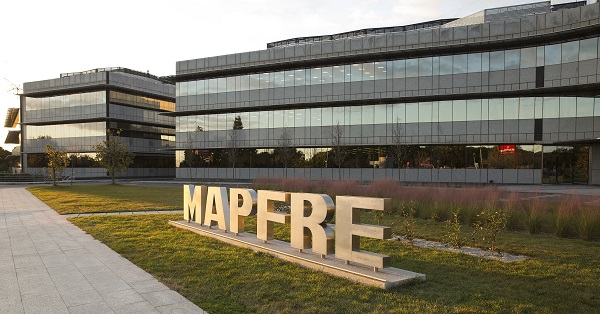Mapfre Tier 3 debut achieves minimal NIP
Mapfre paid a negligible new issue premium when issuing the first subordinated insurance trade in euros since Russia’s invasion of Ukraine on Wednesday, a €500m eight year deal that drew close to €1.7bn of orders despite being launched into a weakening market.

Spain’s largest insurer, Mapfre announced its Tier 3 — the first from the country — on Tuesday, and engaged with 85 accounts ahead of its first deal since August 2018, when it sold a €500m 30 non-call 10 Tier 2. The inaugural Tier 3 makes use of some €1.3bn of capacity for Tier 2/Tier 3 issuance, of which €600m is for Tier 3.
Following initial price thoughts of the mid-swaps plus 200bp area for the €500m no-grow eight year Tier 3, expected rating BBB- from Fitch, a first update put books above €1bn, and the leads then moved straight to launch at a spread of 175bp on the back of books above €1.6bn. The deal then tightened around 5bp in the aftermarket.
“This issuance serves as yet another illustration of the confidence institutional investors have in Mapfre,” said CFO Fernando Mata. “We continue optimising our debt position, and we are doing so in very satisfactory financial conditions, even within a complex market context such as the current one.”
André Bonnal, FIG syndicate at joint bookrunner Crédit Agricole CIB, said that although the market deteriorated on the days the deal was announced and launched — with rates backing up around 10bp on Tuesday, for example, and spreads widening — the issuer and syndicate took comfort from strong feedback and indications of interest received from investors during premarketing.
“After all, it’s a name that is very rare in the markets,” he added, “and their trades are usually successful given this scarcity element. It’s also an issuer that gives you exposure to Spain and some interesting EM exposure, and has super-solid solvency ratios (SCR coverage of 206.3% FY 2021).
“It is also shorter in duration than the typical insurance Tier 2, had eye-catching IPTs of 200bp combined with a final yield of 3%, and the small size of €500m helped.”
The softer market nevertheless affected pricing discussions, with comparables comprising French Tier 3 issues widening around 5bp between announcement and launch, also reflecting French presidential election opinion polls showing stronger support for far right candidate Marine Le Pen.
Taking into account the relative levels of French insurers’ Tier 2 and Tier 3 spreads, and Mapfre’s relative credit strength, the leads put fair value pre-announcement at around 165bp, and ultimately 170bp-175bp, also taking into account investor feedback.
“I don’t think any other subordinated issuance could easily get done so close to fair value in this market,” said Bonnal, “especially when bank HoldCo or senior non-preferred need to pay 10bp-plus of new issue premium.”
He noted that the Tier 3 offering also enabled Mapfre to achieve a saving of some 50bp versus the fair value of a callable Tier 2 with same duration — its 2048 non-call 2026 issued in 2018 was quoted at 221bp over. The Tier 3 also allowed Mapfre to offer investors a shorter-dated transaction than typical Tier 2 structures.
The new issue has an expected rating of BBB- from Fitch, which — unlike S&P, who also rates Mapfre — gives the Tier 3 equity credit. The Tier 3 ranks pari passu with Mapfre’s Tier 2.
